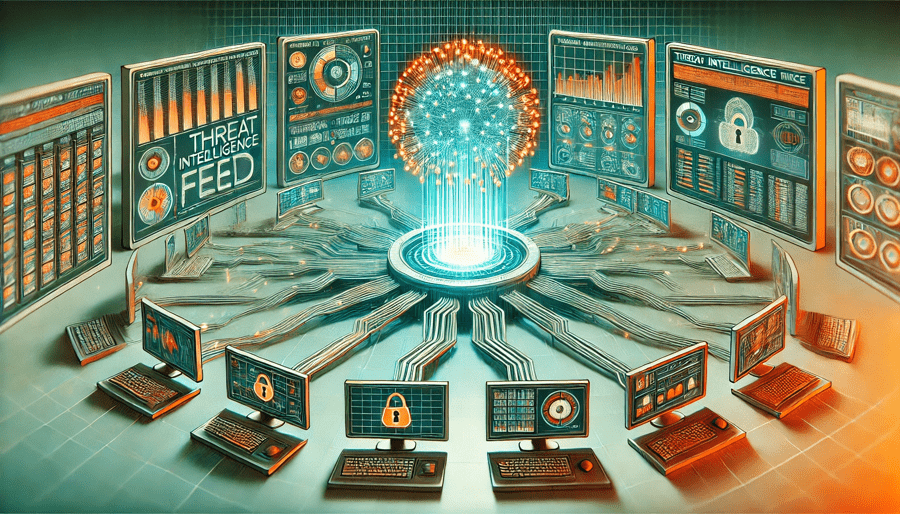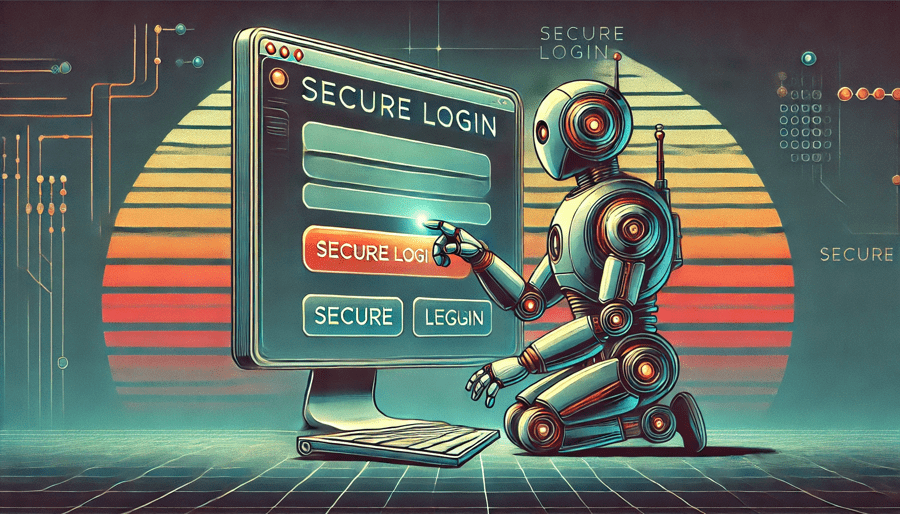Bridging UX and Cybersecurity: Building Secure Experiences
Discover how UX and cybersecurity intersect to create safer digital experiences. This article explores how integrating security measures like AI-driven tools, encryption, and behavioral analytics into UX design can enhance user trust and satisfaction.

Introduction
UX is all about making experiences intuitive, enjoyable and seamless for users. But as online threats grow, security is just as important as design. 86% of users are concerned about security when using online services. Users care about the experience but also want their data to be safe.
Designing with security in mind doesn’t mean sacrificing the experience. In fact when security is part of the design, it can increase user trust and satisfaction. In this post we’ll look at how UX and security can work together to create a safer more user friendly digital world.
How UX and Cybersecurity Are Connected
At first glance UX design and cybersecurity seem like two separate things. But in reality they are closely related. UX design is about creating a smooth, intuitive experience for the user, while cybersecurity is about protecting the data and systems that make that experience possible.
Here’s the connection: if a user feels their data is at risk—whether from data breaches, fraud or identity theft—they won’t trust the platform. That’s why designing a secure user experience is key. For example consider multi-factor authentication (MFA): it adds a layer of security but still provides a simple process for the user to log in. When done well MFA doesn’t interrupt the experience it enhances it by building trust.
The stakes are high. Worldwide cybercrime costs are estimated to hit $10.5 trillion annually by 2025, emphasizing the need for enhanced cybersecurity measures. Additionally, 75% of security professionals have observed an increase in cyberattacks over the past year (CFO). These figures show that as threats evolve, integrating robust security into UX design isn’t just a best practice—it’s a necessity for protecting users and building their confidence.
Data in UX Design

Data is the backbone of modern UX design. By analyzing user behavior, preferences and pain points designers create more personalized and effective experiences. This is where threat intelligence feeds can also come in. These feeds provide real-time information about potential security risks that could impact user interactions.
For example designers can use threat intelligence data to adjust user flows—if a particular page is flagged for security vulnerabilities the design might prompt the user to use stronger authentication or highlight security features more prominently. With data driven decisions both the user experience and the environment is safe.
Security in User Centric UX Design
The goal of UX design is to make processes as simple as possible. But how do we do that while keeping data safe? The answer is to integrate security without compromising the user journey.
A great example of this is two-factor authentication (2FA). While adding an extra layer of security 2FA can be designed in a way that doesn’t interrupt the experience. It can be as simple as sending a code to the user’s phone or using biometric authentication like face recognition. In both cases the extra step is there for security but is still part of the overall experience.
And data encryption is a backend security measure UX designers should consider. It ensures sensitive information like passwords or payment details is stored and transmitted safely. Designers can make sure encrypted data flows through the interface without the user even knowing their data is safe.
AI and Automation in UX and Security

As technology advances AI and automation are becoming key to both UX and security. AI helps to personalize the experience and automation tools can identify and block threats in real-time without disturbing the user.
For example AI driven security tools can flag unusual login patterns or detect suspicious activity. These systems can alert the user with a subtle notification (e.g. “We noticed an unusual login attempt, please confirm it was you”). This keeps the experience seamless while the user’s account is protected. It’s security without the disruption.
Proactive Monitoring and Continuous Testing in UX
Proactive monitoring is key to staying ahead of security threats in UX. By constantly reviewing user behavior designers can spot issues before they become big problems.
Tools for sending traffic to a website can simulate high-volume scenarios like DDoS (Distributed Denial-of-Service) attacks to test how systems behave under stress. By recreating these conditions, designers and developers can identify weak spots in the user experience and ensure the interface remains functional even during intense traffic surges. This proactive approach helps fortify systems against potential disruptions while maintaining a seamless user experience.
Building a Secure User Centric Culture
Creating a secure user experience isn’t just the designer’s responsibility. It’s a team effort. From developers to designers everyone should know how to protect the user’s data. And educating the user on security best practices like using strong passwords and enabling multi-factor authentication (MFA) can go a long way in protecting them.
When security is part of the UX process users feel more in control of their data which builds trust. Security tips and reminders throughout the interface keep the user informed and engaged with their data.
Tools for UX Security

Here are some of the tools and techniques to make sure your designs are secure and user friendly:
- AI Driven Monitoring Tools: AI powered tools can provide real-time alerts for potential vulnerabilities in your design. These tools scan your system continuously for weaknesses so you can act fast before damage is done.
- Behavioral Analytics: Behavioral analytics tools track user behavior to detect suspicious activity like unauthorized access or unusual patterns. By detecting these anomalies early you can prevent breaches without disrupting the user experience.
- Encryption Tools: Encryption ensures sensitive data like passwords or payment info is protected during transactions. This is key to user trust and compliance with data protection regulations.
- Data Scrapers: Automated web scraping can be used to collect and analyze real-time data from multiple sources. This approach helps monitor trends, identify weaknesses, and pinpoint vulnerabilities before they are exploited, enabling you to proactively strengthen your security.
By using these tools UX designers can create secure seamless experiences that protect user data and a safer digital world. These tools not only add security but also simplify the design process, reduce human error and build more user trust.
Conclusion
As we move forward with UX design it’s clear that the balance between user experience and security will be the key. It’s not just about getting the design right; it’s about designing experiences that build trust and confidence. In the end good design isn’t just about how it looks or how easy it is to use; it’s about making people feel safe and respected every time they interact with your product.
So go ahead and design for the future. Security doesn’t have to be a wall; it can be the gate that connects great design to great user experience. Learn, improve and most importantly put the user first.

